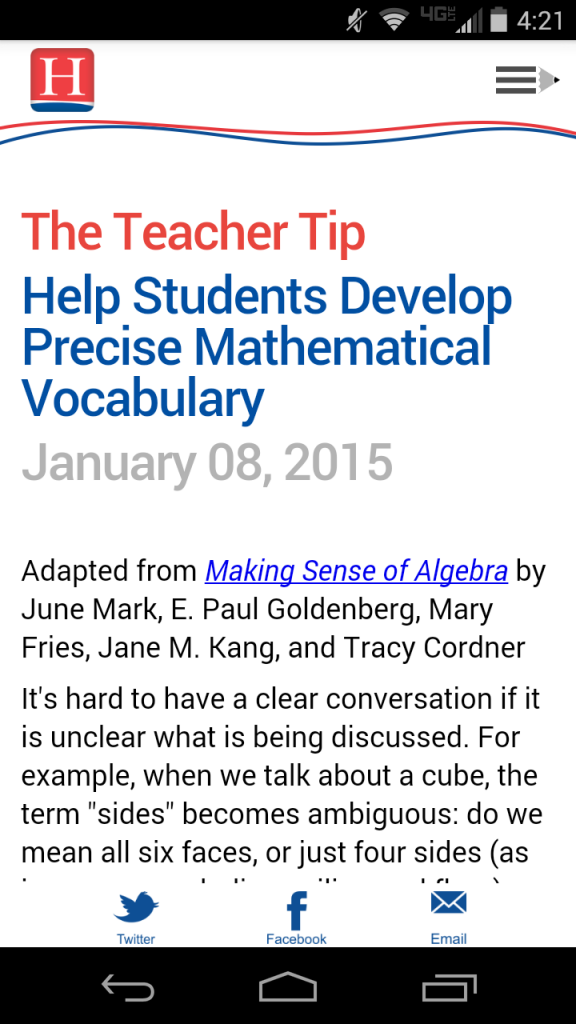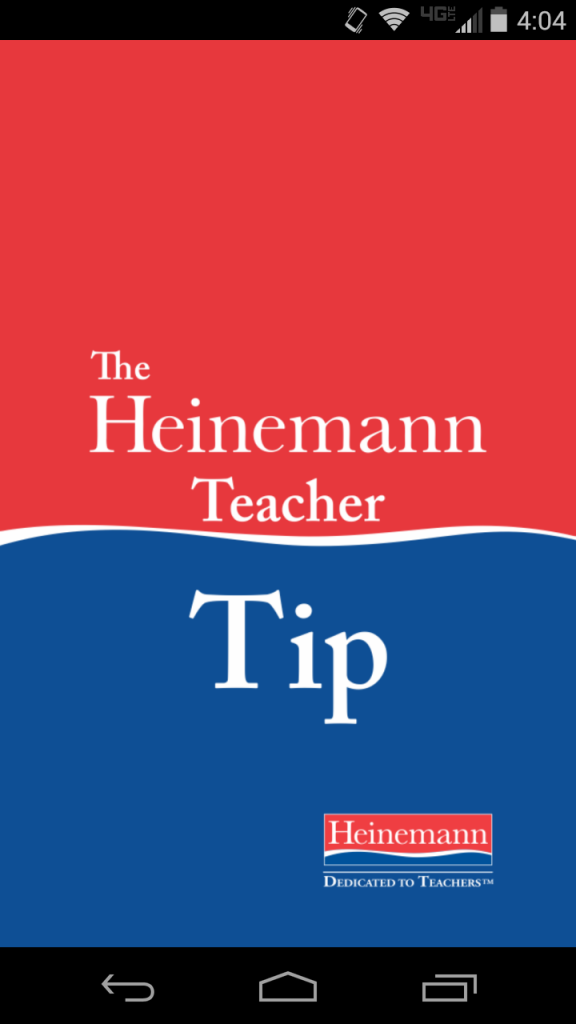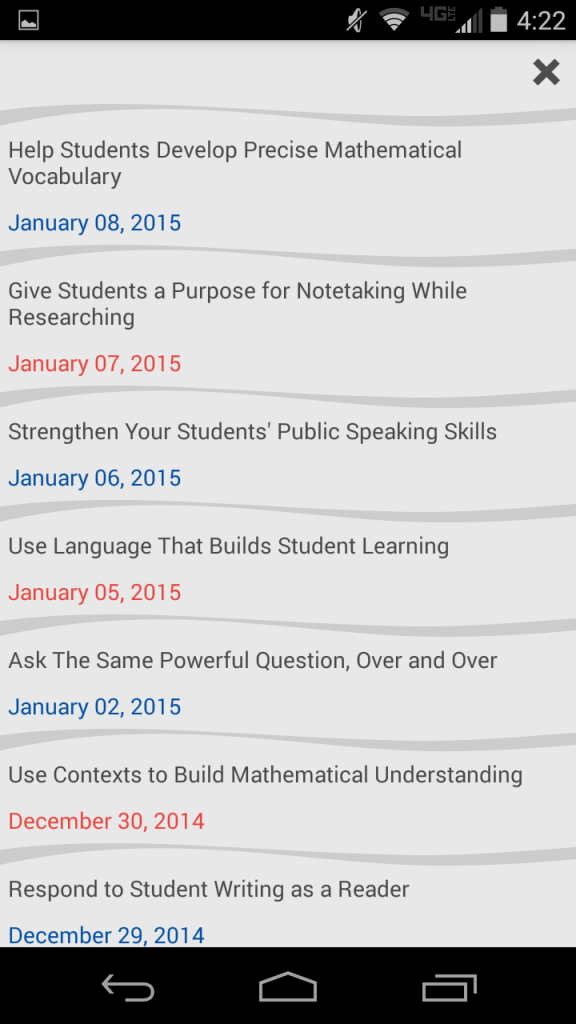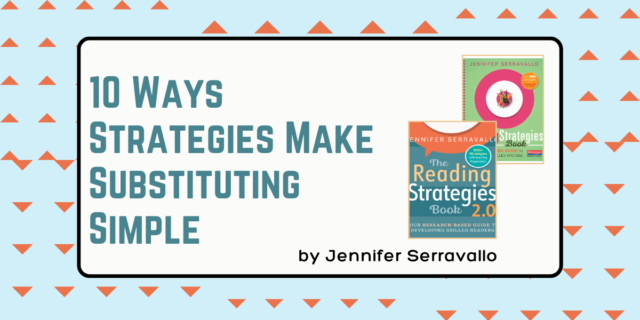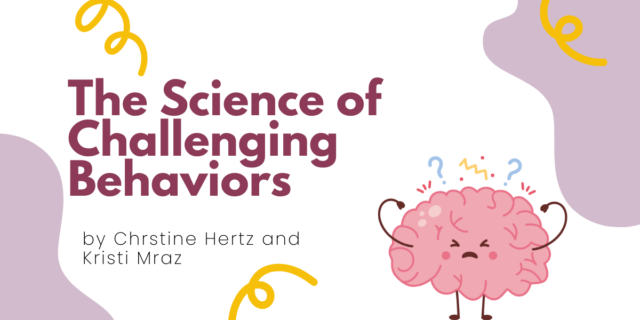
This year, we released The Heinemann Teacher Tip App as a free download for iOS and Android devices. This app delivers ideas and inspiration from our authors directly to you every weekday. Thousands of people share the daily teacher tip through Facebook, Twitter, and email. The App grows each season with Heinemann's newest offerings.
Here is a look at five tips from 2015's Professional Book lineup:

Energize Students with Innovative Play
From A Mindset for Learning by Kristine Mraz and Christine Hertz
The most powerful classroom cultures are the ones that have rich opportunities for playful engagement. Play has a wide range of definitions—rough and tumble, fantasy, construction play for starters—and all of them have a place in school. How might constructive play be practically implemented in classrooms?
Try this: Encourage children to create pretend worlds in the primary grades.
- Have children try inquiry-based play where they dramatize historical events, or use blocks to build, and better understand, Roman civilization in upper elementary classrooms.
- Foster an environment where play is a place safe for risks, for laughter, and for joy. These testing grounds of play help students become aware of their own ability to innovate.
There is wild and raucous recess play, but there is also sustained and involved intentional play. Recess play exercises bodies and energizes spirits. The other kind of play may seem quieter, but also works on mental dexterity, flexibility, and self-regulation.

Be A Book Club Buddy
From Engaging Every Learner: Classroom Principles, Strategies, and Tools by Patricia Vitale-Reilly
Reading and discussing a text with a child develops comprehension skills, builds student engagement, and encourages a love of reading. A book club buddy reads with but mostly discusses a text with a child in the way of an adult book club. The goal is to talk about and collaborate around the text!
As a book club buddy, you:
- Establish a context for the reading. Choose the text together and browse it. Comment on the cover, notice parts of the book, make predictions, and make connections to the book.
- Read with the child in a way that is most comfortable for her or him: alternate pages, simultaneously read parts of the text silently, read aloud.
- Plan how to discuss the text. Think about when you will stop and what kind of conversation you will have.
- Stop at intervals and talk about what is happening. Discuss the plot, information, characters, and so on.
- Discuss the text. What were your favorite part(s)? Did you learn new or interesting information? Did the ending surprise you?
- Reread and/or celebrate favorite parts. Plan your next reading/conversation.
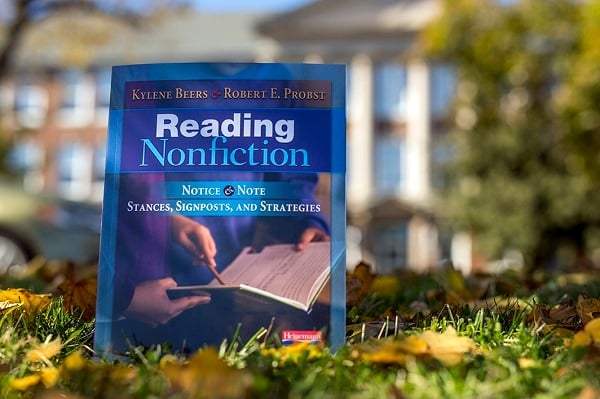
Identify The "It" In "I Don't Get It"
From Reading Nonfiction: Notice & Note Stances, Signposts, and Strategies by Kylene Beers and Robert E. Probst
When students point to a part of a text and say, simply, “I don’t get it,” try pushing them to ask themselves, “What did the author think I already knew?” We have found that when kids look at confusing passages with that question in mind, they almost always identify what they need to do to clear it up. Talking about what they author thinks they already know helps them begin to identify solutions. When that happens, we can say, “Well, if the author thinks you know the meaning of a term, and you don’t, perhaps you need to look it up.” Or, “If the author thinks you know how to find the area of a circle, and you don’t, maybe you should turn back a page in your math text to find the formula.”
Identifying the “it” in “I don’t get it” gives students enough knowledge to be able to solve the problem on their own, or at least talk intelligently about the problem with another reader. Being able to clear up their confusion is a critical step toward becoming independent readers.

Encourage Students to Communicate Mathematical Solutions in a Variety of Ways
From Modeling With Mathematics by Nancy Butler Wolf
When students present their results in a variety of ways, they find that they are not only providing a clear explanation of their reasoning and solution, but have a better understanding of the connection between the equation, the picture, and the actual problem they are solving. How can we help students to communicate solutions in a variety of ways?
Try this:
- Instruct students to view a mathematical problem in a variety of ways
- Instruct students to set up the problem in a variety of ways
- Instruct students to solve the problem in a variety of ways, using a variety of representations.
- Ask them to communicate their solutions using those multiple representations.
- Encourage students to describe the patterns they found in words, tables, pictures, graphs, and equations.
Communicating mathematical solutions pictorially, verbally, graphically, and textually helps students to internalize the myriad ways to solve math equations while building confidence in their own problem-solving abilities.
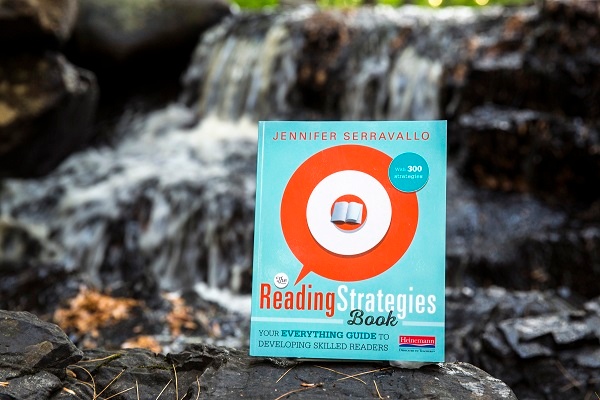
Help Students Express Meaning
From The Reading Strategies Book: Your Everything Guide to Developing Skilled Readers by Jennifer Serravallo.
Developing readers often have trouble connecting to the emotions of characters in stories they are unfamiliar with. How can we best help students understand the emotions of characters?
Try this: Ask your students to think about how the character is feeling on the page. Ask them to imagine how the character would talk, and use their voices to sound like the character. Try to follow these verbal prompts:
- How did the character saying that feel? Show me.
- Say it thinking about how the character is feeling.
- I could tell he sounded happy/mad/sad because of how you read that.
- Your voice matched the character’s feeling on the page.
Children can practice reading with expression to match the meaning they are making. This strategy helps developing readers understand and empathize with the feelings of characters while helping them tap into their inner actor.
♦ ♦ ♦ ♦
More tips, delivered every weekday morning to your mobile device, are available on the official Heinemann Teacher Tip App!
The Heinemann Teacher Tip App features:
- Daily suggestions from leading practitioners you admire and trust
- Quick, actionable teaching tips that support instruction
- Access to 30 days of prior tips so you can revisit a recent favorite or catch up on one you missed
- Sharing options that allow you to start or join PD conversations in your building or on social media
Download today!
